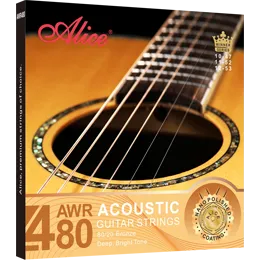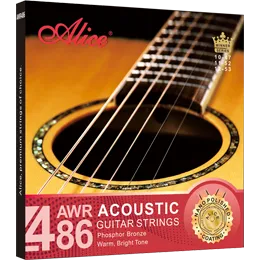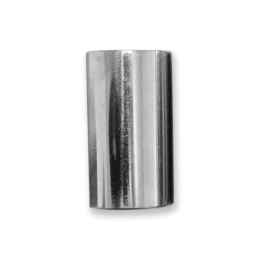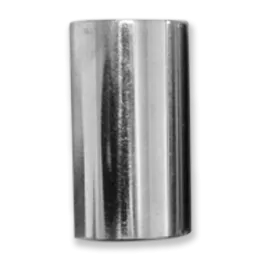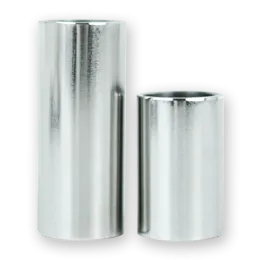ALICE STRINGS: Your Trusted Partner for Wholesale Guitar Strings
With a legacy dating back to 1999, ALICE STRINGS, a division of Guangzhou Romance Musical Instrument Co., Ltd., has emerged as a leading manufacturer of wholesale guitar strings and accessories. Our dedication to innovation and quality has earned us a prominent position in the global market, along with numerous honors and qualifications, such as being a Member Research Center of Engineering Technology (Guangdong) and an ISO9001:2015 Certified Corporation.

Extensive Product Range for Music Lovers
At ALICE STRINGS, we take pride in offering an extensive product range to meet the diverse needs of music lovers. Our collection includes classical guitar strings, acoustic guitar strings, electric guitar strings, bass strings, bowed instrument strings, and traditional Chinese and Western instrument strings. Additionally, we provide instrument accessories such as plectrums, capos, and machine heads. With our diverse selection, musicians can find the perfect strings to suit our playing style and preferences.
State-of-the-Art Manufacturing Facilities
ALICE STRINGS operates advanced manufacturing facilities that consist of 8 modernized self-owned buildings covering a workshop area of approximately 30,000m2. Within these facilities, we house 12 professional production lines for musical instrument strings, ensuring efficient and precise manufacturing processes. Leveraging cutting-edge automation technology, we maintain consistency and quality in every wholesale guitar string we produce.
Global Recognition of the ALICE Brand
The ALICE brand has achieved global recognition for its exceptional quality and performance. Our presence is felt in prominent professional music trade shows held in Los Angeles, Frankfurt, Beijing, Shanghai, Guangzhou, and other cities worldwide. As enthusiastic sponsors of music competitions and collaborators with music magazines, our brand receives significant publicity. Musicians around the globe recognize and trust ALICE for its high-quality wholesale guitar strings.
Conclusion
ALICE STRINGS, a division of Guangzhou Romance Musical Instrument Co., Ltd., is your trusted partner for high-quality wholesale guitar strings. With our extensive product range, state-of-the-art manufacturing facilities, and the global recognition of the ALICE brand, we continue to lead the industry in quality and innovation. Choose ALICE STRINGS for all your wholesale guitar string needs and experience the dedication and craftsmanship that make our strings stand out.
Relate News

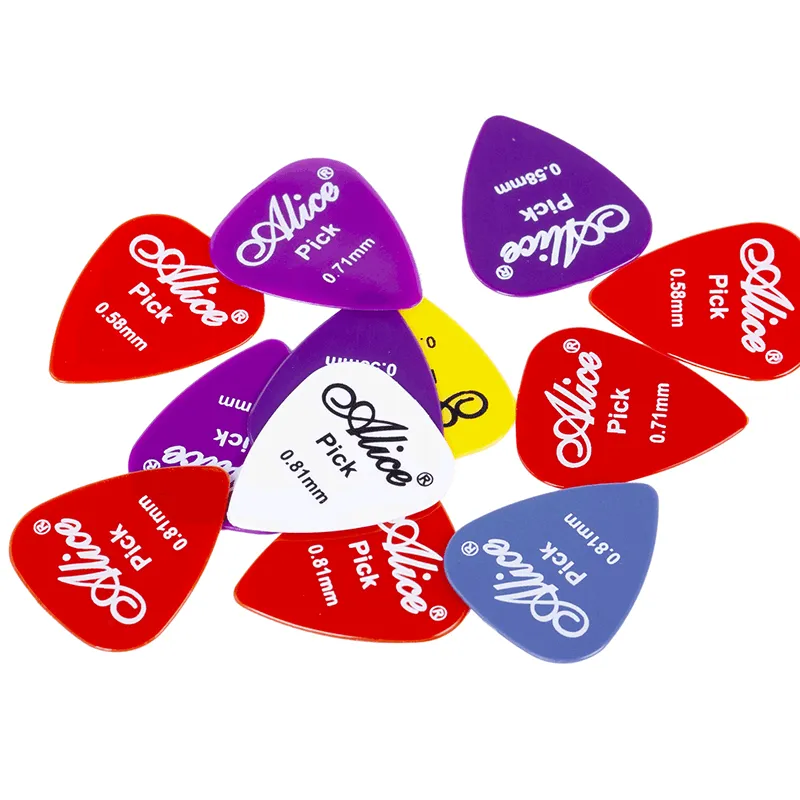
What Type of Guitar Pick Is Best?

Are Acoustic and Classical Guitar Strings the Same?

Acoustic Guitar Strings Guide: Types and How to Choose the Right One

From Classic Rock to Modern Indie: The Evolution of Guitar String Trends

What Strings Fit Your Instrument? The Ultimate Guitar String Matching Guide

How to Change Acoustic Guitar Strings: A Step-by-Step Guide

What Are the Different Types of Guitar Strings?

From Factory to Store: Guitar String Supply Chain Trends

Give Charm to Sound, Make Music Magic: Discover ALICE, the Exceptional Wholesale Guitar Strings

The Superior Choice: ALICE Coated Classical Guitar Strings






